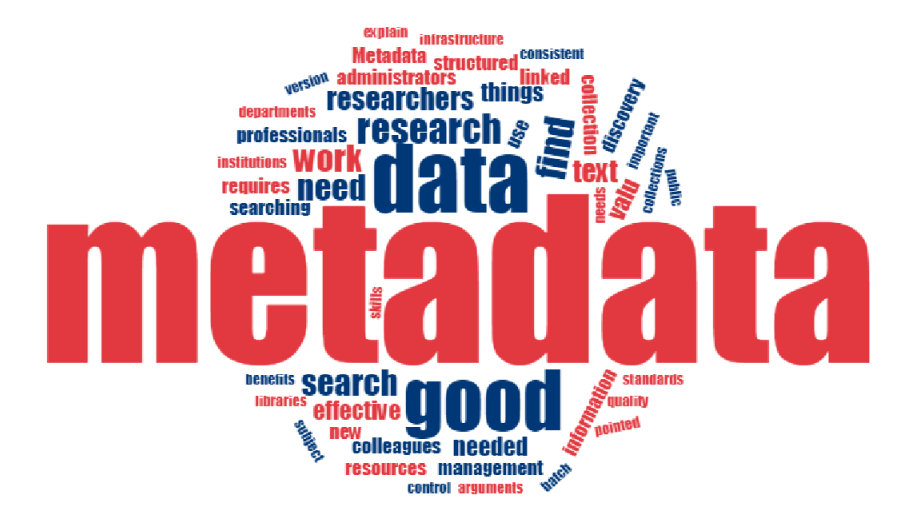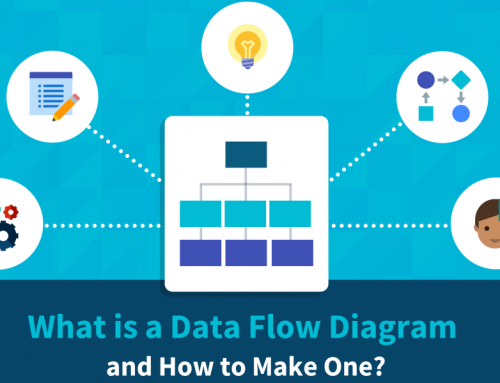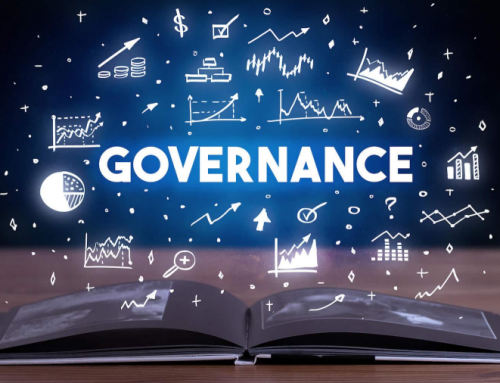Why Do Organizations Record and Manage Their Metadata?
Why do organizations record and manage their metadata? Because the information architecture of most organizations resembles a crowded, disorganized bookstore. Data is everywhere. Most organizations have data that is not organized or catalogued, making it difficult to find the data you need. This is the core problem – lack of data findability, and therefore lack of data availability. And the problem is only getting worse.

Why Do Organizations Record and Manage Their Metadata?
In 10 years, the amount of organizational data can go from gigabytes to terabytes to petabytes. In the era of “data is the new oil”, successful organizations must be able to find and use all data to gain a competitive advantage. The description and search capabilities of metadata management are critical to successfully finding and using this data.
Metadata management is also important because definitions may change depending on the information context. Take a look at how different groups think and define the word “customer.” For example, if you talk to people in IT, sales, or compliance, they may have different views or perspectives on what customers represent and how data is stored. For IT, data about customers may focus on the technical aspects of performing analytical reports and dashboards for the company, as well as storing these data.
If you ask IT to define the location of “customer” data, they might reply “This is in our enterprise data warehouse for reporting, dating back to 2015. We also have customer data from new acquisitions in the data lake. That data is in the data lake and needs to be transformed before we can report it.” So, for them, “customer” data may be very analytically focused, or contain historical backtracking.
Your sales team may be more operationally focused, such as how they now use customer data in sales. To them, customer data may only mean active customers or account-level customer data (such as company names), not all customers the company has ever had. Sales teams may refer to customer data as company names rather than person-level data. Moreover, compliance departments may consider customer data at the personnel level, as their primary use of data is to comply with regulations such as the GDPR.
As you can see, the challenge is not just the definition, but the inconsistency between these different teams and processes. Moreover, the data keeps growing. You need to be able to find your data to do the best analysis. In operations, you need to understand all the different applications and where they get their data from. In terms of compliance, you need to ensure that your organization follows the rules. For the IT department, their main concern is generating analysis and keeping history.
With metadata management, you can provide every part of your organization with the metadata it needs to understand and manage your systems, your data, your entire organization, and a unified view of the data across your organization. This is the only way organizations can perform their functions properly and ensure that they end up doing the right thing.

Why Do Organizations Record and Manage Their Metadata?
How does metadata management facilitate collaboration?
Different types of roles in an organization need to collaborate if the organization is to achieve a certain level of data literacy. Data literacy is a team effort. This is not something that individual teams can accomplish or achieve alone. You need a solution that manages all the data and allows data stewards to interact with data users.
Let’s take a look at how metadata management is being used by different teams.
For example, the governance team may be more concerned with definition and regulatory compliance, but they need to work hand in hand with the IT team. The IT team may be cataloguing the physical system that stores the information, documenting their different controls and security added to the system, working with the different teams that manage the system, making sure they are all trained in privacy and compliance, but they need to interact with the compliance team.
Then, your analytics users are working with a lot of data, and they want to make sure they adhere to governance policies and follow protocols set by their security and IT teams. All of these teams need to interact with each other at different times.
Bottom line: Look for a metadata management solution with collaborative governance processes including: workflow, management, version control, and audit trails.
Today, much of your metadata is spread across multiple applications and systems. This leads to a lack of connectivity between metadata islands. For example, some companies will use certain applications for ETL and store their metadata accordingly. They have other applications that focus on data governance and store that data accordingly. They have other applications that store the data catalog information and store it separately. All of this information is interconnected and should be in one place for better integration, consistency, and control through a comprehensive .
Conclusion
Thank you for reading our article and we hope it can help you to have a better understanding of why do organizations record and manage their metadata. If you want to learn more about metadata management, we would like to advise you to visit Gudu SQLFlow for more information.
As one of the best data lineage tools available on the market today, Gudu SQLFlow can not only analyze SQL script files, obtain data lineage, and perform visual display, but also allow users to provide data lineage in CSV format and perform visual display. (Published by Ryan on Aug 30, 2022)
One Comment
Leave A Comment
If you enjoy reading this, then, please explore our other articles below:




[…] what is master data? Master data along with reference data and metadata are key organizational data assets. While more complex definitions of master data can be found on […]